
Your Ultimate Guide to CBG Dosage: Unlocking Its Full Potential
In recent years, the rise of cannabinoid-based products has rapidly reshaped the wellness landscape, with CBG emerging as a promising contender. Known for its unique interactions within the body, Cannabigerol (CBG) is often overshadowed by its more famous cousins, CBD and THC, yet it offers a distinct array of potential benefits. As consumers become more curious about this lesser-known cannabinoid, understanding the correct dosage is crucial to harnessing its maximum potential.
CBG is a non-psychoactive cannabinoid found in cannabis plants that is garnering interest due to its therapeutic properties. Unlike CBD and THC, which dominate the conversation around cannabis, CBG remains under-researched but holds promise in areas such as pain management, anxiety relief, and neuroprotection. To fully unlock the benefits of CBG, users must first navigate the nuances of dosing, as factors like body weight, health conditions, and wellness goals play significant roles in determining the ideal intake.
This guide will unravel the complexities of CBG dosage, providing essential insights from its biological effects to practical administration methods. Readers will discover the differences between CBG and other cannabinoids, explore research-backed benefits, and learn how to tailor dosage to their individual needs. Whether you’re a curious novice or an experienced user, understanding CBG’s dosage can significantly enhance your wellness journey.
Key takeaways about CBG dosage
When starting with CBG, a safe initial dose is typically 5mg, taken 1-3 times daily. Adjustments should be made based on body weight and personal tolerance. A common method for calculating dosage suggests using 1-2 mg of CBG per 10 pounds of body weight.
Dosage Guidelines:
- Starting Dose: 5mg
- Daily Range: 5mg to 25mg
- Adjustment Factor: 1-2mg per 10 pounds of body weight
Due to the lack of FDA regulation on CBG products, it’s essential to adhere to manufacturer instructions and consult with a healthcare professional before beginning a regimen. Gradually increasing the dosage while monitoring your body’s response can help determine your ideal dosage, contributing to your wellness routine and achieving health goals.
Factors like body weight, health conditions, and individual body chemistry significantly influence the optimal dosage and potential therapeutic effects.
Considerations:
- Start low and slow
- Monitor for adverse effects
- Consult a healthcare professional
A personalized approach to CBG dosage ensures maximum therapeutic benefits, supports skin and brain health, and integrates effectively into your supplement regimen.
Understanding CBG: What Is It?
CBG is a cannabinoid derived from the cannabis plant. Increasingly popular due to its potential health benefits, CBG is known for properties such as pain relief, anti-inflammatory effects, and mood enhancement. Although comprehensive clinical studies on CBG are still evolving, much of the dosage guidance presently relies on anecdotal evidence.
When determining CBG dosage, individual factors such as body weight play a crucial role. A common guideline suggests 1-2 mg of CBG per 10 pounds of body weight. For new users, it is advisable to start with a low daily dosage, typically between 5mg and 25mg. This allows individuals to gradually adjust based on their body’s personal response.
Here is a simple guideline:
| Body Weight (lbs) | Recommended Daily Dose (mg) |
|---|---|
| 100 | 10 – 20 |
| 150 | 15 – 30 |
| 200 | 20 – 40 |
By starting with a small dose and observing how your body reacts, you can find an ideal dosage that maximizes CBG’s therapeutic benefits while minimizing potential side effects. Always consider consulting with a healthcare professional to tailor the dosage to your specific health goals and wellness routine.
CBG vs Other Cannabinoids: Key Differences
A vital element of the cannabis plant, CBGa (Cannabigerolic acid) acts as a precursor to other cannabinoids, such as CBD and THC, earning it the nickname “mother of all cannabinoids.” This is because CBG originates from its acidic form, CBGa, which is critical for synthesizing other cannabinoids during plant growth.
One of the noteworthy differences between CBG and other cannabinoids lies in how they interact with the body’s endocannabinoid system. CBG binds directly to CB1 and CB2 receptors, potentially leading to distinct therapeutic effects. In contrast, CBD interacts more indirectly with these receptors. Furthermore, CBG is typically found in smaller quantities in cannabis strains as it converts into other cannabinoids as the plant matures.
Key Differences:
- Non-Psychoactive: CBG does not cause a high like THC.
- Precursor Role: CBGa is the initial compound for synthesizing CBD and THC.
- Receptor Interaction: Binds directly to both CB1 and CB2 receptors.
- Quantity in Strains: Found in smaller amounts as it converts into other cannabinoids.
CBG’s unique qualities position it as a cannabinoid with potentially distinct therapeutic benefits compared to its counterparts.
Research-Backed Benefits of CBG
Cannabigerol (CBG) is gaining attention in the scientific community for its potential therapeutic benefits. Early research indicates that CBG may possess antimicrobial, antioxidant, and anti-inflammatory properties, presenting a range of health opportunities for users.
Unlike some other cannabinoids, CBG interacts with the endocannabinoid system by binding directly to both CB1 receptors found mostly in the brain and CB2 receptors throughout the immune system. Studies suggest that CBG could aid in regulating mood, protecting brain cells, and stimulating appetite. Notably, around 51% of CBG users reportedly use it for anxiety relief, with 78% noting better outcomes compared to traditional medications. The synergy between CBG and CBD could enhance their supportive roles in managing pain and inflammation, making CBG an attractive option for those seeking natural health solutions.
Pain Management
CBG shows significant promise in pain management by potentially targeting specific receptors linked to pain regulation. Its ability to interact with the body’s TRP channels also enhances its supportive role in managing discomfort. For individuals dealing with chronic pain, a medium-strength dosage of CBG is often recommended. This can be calculated by multiplying 0.3 by one’s body weight in pounds. As a starting point, a dose of 10-20 mg of CBG daily is suggested, allowing users to evaluate their body’s response and increase the dosage gradually if necessary. For optimal effectiveness in pain management, timing is essential. It is recommended to take CBG oil in the morning and evening to maintain sustained relief. When combined with CBD, CBG can provide enhanced natural support for pain management, offering a holistic approach to relief.
Anxiety Relief
CBG is increasingly recognized as a viable option for anxiety relief, with users often reporting better outcomes compared to traditional medications. A 2024 study highlighted that individuals taking a 20mg dose of CBG exhibited fewer signs of anxiety than those given a placebo.
For those new to CBG, it’s advisable to start with a low dosage, such as 10-20mg, and observe the effects before adjusting as needed. CBG acts indirectly on the endocannabinoid system, which plays a crucial role in mood regulation and stress response.
Importantly, CBG does not produce intoxicating effects, which makes it a safe option for managing anxiety without impairment. This non-psychoactive nature allows users to incorporate CBG into their daily wellness routine without concerns over cognitive disruptions.
Neuroprotection
The neuroprotective benefits of CBG hold potential for supporting individuals with neurodegenerative disorders such as Parkinson’s disease, Alzheimer’s disease, and multiple sclerosis.
Research suggests that CBG can protect nerve cells from damage, contributing to overall brain health. For neuroprotective purposes, a medium-strength dosage of CBG is recommended, which can be calculated by multiplying 0.3 by the individual’s body weight in pounds. Preliminary studies have underscored CBG’s capability to promote brain health through its neuroprotective properties, making it a promising focus for neuroscience research.
The increasing interest in CBG within this field stems from its potential role in enhancing brain health and offering neuroprotection, making it a compelling subject for further scientific exploration and therapeutic application.
Factors Influencing CBG Dosage
Determining the right dosage of CBG, or cannabigerol, requires careful consideration of various factors. Among these, the severity of symptoms, individual tolerance to cannabinoids, and body weight play crucial roles.
Those with severe symptoms may require a higher dosage to achieve therapeutic effects, while tolerance to other cannabinoids, especially psychoactive ones, can also dictate the necessary CBG intake. It is important for individuals to start with a conservative daily dose, typically within the range of 5mg to 25mg, and adjust based on individual response and ongoing research findings.
Staying informed about the latest CBG research and recommendations is essential to fine-tune and optimize personal dosage plans.
Individual Body Weight
Body weight is a significant factor when determining the appropriate CBG dosage. Larger individuals will naturally require higher doses to experience the same effects as those with a smaller body mass.
A general guideline suggests using a formula of 1-2 mg of CBG per 10 pounds of body weight to establish a starting point for dosage. This calculation helps in translating body mass into an effective CBG amount, allowing for a tailored approach. For instance, a person weighing 185 lbs seeking a maximum strength dose might need a CBG intake of around 55.5 mg.
Various dosage charts provide guidance on mild, average, and maximum strength doses, helping individuals achieve their desired effects effectively and safely.
Specific Health Conditions
CBG has shown potential benefits in managing various health conditions, particularly for its effects on mental health. Many users report that CBG can significantly help with anxiety, often with results compared favorably to traditional medications. CBG interacts with the body’s endocannabinoid system, potentially enhancing mood regulation and promoting better sleep patterns.
On a physiological level, its antimicrobial, antioxidant, and anti-inflammatory properties suggest that CBG may alleviate pain and activate immune responses effectively. Additionally, studies indicate CBG’s neuroprotective capabilities, highlighting potential therapeutic benefits for brain health and cellular protection. Topically, CBG may also benefit skin health, particularly regarding inflammation, fostering healthier skin.
Personal Wellness Goals
Personal wellness goals can significantly influence the use and dosage of CBG products. When selecting a CBG product, aligning it with one’s specific health and wellness objectives is essential. The inclusion of high-quality ingredients, such as terpenes, enhances product effectiveness in supporting wellness goals.
Consulting with healthcare professionals can further personalize CBG use to ensure it meets individual health needs and scrutinizes potential interactions with medications. The form of consumption—be it oils, edibles, or capsules—should suit individual preferences and wellness objectives, facilitating a smoother integration into one’s supplement regimen. Considerations like body weight, personal body chemistry, and desired effects are vital when adjusting CBG dosage.
By factoring in these elements, individuals can better achieve optimal results and align usage with their wellness targets.
Starting With a Low CBG Dosage
When exploring the potential health benefits of CBG, starting with a low initial dosage can be crucial for maximizing therapeutic effects while minimizing adverse effects. For new users, the recommended starting CBG dosage typically ranges from 5mg to 25mg daily.
However, individual factors, such as body weight, can significantly influence the ideal dose. A general guideline is to take 1 to 2 mg of CBG per 10 pounds of body weight. By starting with the lowest recommended dosage, individuals can better assess how their body responds to the cannabis plant compound, allowing them to gradually increase intake for optimal dosage results. This approach is particularly beneficial for those seeking relief from conditions such as pain, inflammation, anxiety, and depression.
New users are advised to use titration—beginning with as little as 3 mg to 8 mg daily—to find a comfortable tolerance baseline before making any dose adjustments.
Dosage Charts and Calculators
Dosage charts and calculators are valuable tools that can help users determine the appropriate amount of CBG to consume based on specific health conditions and personal factors.
These resources provide dosage recommendations for various conditions, including pain, anxiety, and sleep, facilitating an individualized approach to dosing. For example, when dealing with pain and inflammation, the starting dosage suggested by a CBG dosage chart is approximately 3mg per 10 pounds of body weight. Such tools emphasize starting with a low dose and then gradually increasing to establish an optimal dosage.
They also account for individual body chemistry and responses, helping users to pinpoint both their starting and ideal doses. By tailoring CBG consumption to personal needs, users can better achieve their health goals, experiencing therapeutic effects with minimal potential side effects.
Adjusting Based on Personal Tolerance
Personal tolerance to cannabinoids can vary widely, influencing the necessary dosage of CBG needed to achieve the desired effects. For those with previous exposure to THC or CBD, there may be an existing cannabinoid tolerance that could affect how CBG is processed by the body.
Therefore, regardless of past experiences, it is advisable to start with a lower CBG dosage. This careful introduction helps minimize potential adverse effects and allows for a gradual adaptation. By slowly increasing the dosage, users can accommodate their personal tolerance levels and identify an optimal CBG dose that aligns with their wellness routine and mental clarity goals.
Even if a person has a known tolerance, slightly higher initial doses may still be needed compared to complete novices, but caution in dosage adjustment remains essential for ensuring safety and effectiveness in a supplement regimen.
Methods of CBG Administration
Cannabigerol (CBG) can be administered using various methods, each presenting unique benefits and considerations tailored to individual preferences and health objectives. This flexibility allows users to select an administration route that best supports their wellness routine, matches their health goals, and accommodates their body weight and chemistry.
Whether you’re seeking rapid relief or sustained effects, the choice between sublingual, oral, topical, or inhalation methods impacts onset time, bioavailability, and the duration of effects. Understanding these differences is crucial to optimize therapeutic benefits while minimizing potential side effects and maximizing potential health benefits.
Oils and Tinctures
Oils and tinctures are popular forms of CBG due to their versatility and ease of use. They can be administered sublingually, providing faster absorption and higher bioavailability. When taken this way, the effects typically onset within 10 to 15 minutes and last between 4 to 6 hours.
Alternatively, CBG oil can be added to food, which not only masks the flavor but also enhances absorption due to the fat content in meals. A full dropper of full-spectrum CBG oil offers doses up to 200mg, allowing for dosage flexibility. For beginners, starting with 5-15 mg per day sublingually is recommended, gradually adjusting based on individual body chemistry and tolerance. The choice of administration method affects the duration and intensity of CBG’s therapeutic effects.
Capsules and Edibles
Capsules and edibles provide a convenient, pre-measured way to consume CBG, presenting a consistent daily dose. They generally exhibit a bioavailability range of 10-20%, with effects beginning within 45 minutes to an hour due to the digestive process. CBG gummies and similar edibles typically deliver between 10-30 mg per piece, offering a fixed dosage that aligns well with a structured supplement regimen.
Capsules, often providing mid-sized doses of 20-30 mg, share this fixed-dose advantage, albeit with limited flexibility compared to sublingual methods. The digestion process results in a slower onset but provides a sustained therapeutic effect throughout the day, making them ideal for individuals seeking longer-lasting benefits.
Topicals and Vapes
Topical application of CBG focuses on localized areas, interacting with endocannabinoid receptors beneath the skin to promote physical relaxation. This method typically has an onset time of 5 to 10 minutes, with effects that can last from 6 to 8 hours. Alternatively, CBG vaping offers rapid onset effects but is challenging for precise dosage control.
Vape pens or vaporizers allow CBG to be absorbed into the lungs, providing quick relief, though the effects tend to dissipate faster compared to other methods like tinctures or oils. Vaping may appeal to those seeking immediate effects, while topical applications are suited for targeted relief, underscoring the importance of choosing a method that aligns with individual health goals and preferences.
Monitoring Your Body’s Response
Monitoring your body’s response to CBG is essential for finding the optimal dosage and achieving the desired therapeutic effects. Starting with a low initial dose of CBG, such as 5-10 mg, is recommended. Gradually increasing the daily dosage allows you to observe how your body adjusts. Individual responses vary due to factors like body weight, metabolism, and specific health concerns.
As you adjust the dosage, be attentive to any changes in symptoms or potential side effects. It’s important to give your body time to adapt to each new dosage level. Carefully note any improvements or adverse effects in symptoms. This approach enables a personalized optimization of CBG’s effects, aligning with your health goals and wellness routine.
Consider the following guidelines for monitoring:
- Start Low and Go Slow: Begin with 5-10 mg and increase as needed.
- Monitor Symptoms: Track any changes in symptoms or side effects.
- Adjust Gradually: Allow your body time to adapt before modifying the dose.
- Consider Individual Factors: Keep in mind body weight and health conditions.
- Seek Professional Guidance: Consult a healthcare professional for personalized advice.
This vigilant approach helps ensure the potential benefits of CBG without compromising your health.
Possible Side Effects of CBG
CBG can cause mild and transient side effects for some users. Common side effects include dry mouth, sleepiness, increased appetite, dry eyes, and stomach upset.
While CBG does not induce a high or mental impairment like THC, excessive intake can lead to additional effects such as drowsiness, dizziness, and temporary changes in blood pressure. Individual responses can vary based on factors like dosage and tolerance, so it’s important to start with a low dose.
Side effects such as reduced appetite, fatigue, diarrhea, and headaches might occur but usually subside as CBG leaves the system. Caution is advised when taking high doses of CBG or combining it with other cannabinoids, as this can result in diarrhea, nausea, and vomiting.
For a quick reference, consider the following:
- Common Mild Side Effects: Dry mouth, sleepiness, increased appetite, dry eyes, stomach upset.
- Adverse Effects with High Dosages: Drowsiness, dizziness, changes in blood pressure, diarrhea, nausea, and vomiting.
Monitoring your body’s response and consulting a healthcare professional can help manage and minimize these potential side effects.
Safety Considerations
When integrating CBG, or cannabigerol, into your wellness routine, safety considerations are paramount. Although CBG is generally safe and well-tolerated, even at high dosages, being mindful of potential side effects is important. Excessive intake can sometimes lead to side effects such as nausea, diarrhea, and vomiting. Fortunately, these adverse effects typically subside as CBG exits your system, usually within 3-5 hours.
Individuals may also experience common mild side effects such as dry mouth, reduced appetite, drowsiness, fatigue, and diarrhea, particularly when using high dosages. To determine your tolerance, the process of titration—gradually adjusting your dosage—can be beneficial for first-time users. This careful approach helps mitigate adverse effects as you acclimate to this cannabinoid.
As a best practice, consulting a healthcare professional before incorporating CBG into your regimen is essential, especially if you have pre-existing medical conditions or are on prescription medications. This ensures that your CBG experience is both safe and beneficial.
Consulting Healthcare Professionals
Before starting a new supplement regimen, especially CBG, consulting a healthcare professional is crucial. Cannabinoids like CBG can interact with certain prescription medications, so discussing your intentions with your doctor is advisable. They can provide tailored advice based on individual health factors, ensuring that your CBG dosage is appropriate and safe.
A healthcare professional can also help you understand potential interactions of CBG with other supplements or medications you may be taking as part of your wellness plan. Their guidance is essential to effectively incorporate CBG into your daily routine, allowing you to make informed decisions that align with your personal health conditions. By collaborating with a healthcare professional, you can safely explore the potential benefits of CBG while minimizing the risks of adverse interactions or side effects.
Conclusion: Maximizing the Benefits of CBG in Your Wellness Routine
To effectively integrate CBG into your wellness routine, consider individual factors such as body weight, metabolism, and cannabinoid tolerance. Start with a small dosage and adjust gradually based on your body’s response to achieve the optimal benefits. Consulting a healthcare professional is crucial to ensure safe and effective use aligned with your personal health goals and needs.
CBG offers various potential benefits, including enhanced focus, mental clarity, and energy levels, along with relief from pain and anxiety. Unlike THC, CBG does not produce intoxicating effects, making it a safer option for many. Its therapeutic effects include anti-inflammatory, neuroprotective, and appetite-stimulating properties.
To help guide your CBG dosage adjustments, consider the following:
- Beginner Dose: 5-10 mg per day
- Intermediate Dose: 10-25 mg per day
- Advanced Dose: 25-50 mg per day
Adjust the dosage based on your personal experience and health conditions. Remember, high-quality products will offer longer-lasting and more consistent results. Whether aiming for improved brain health, skin health, or general well-being, CBG can be a valuable addition to your supplement regimen.
Additional Resources and References
For those looking to delve deeper into CBG dosing, a wealth of additional resources and references can be invaluable. Staying updated with the latest research and studies is crucial, as the scientific understanding of CBG’s effects is still in development.
A CBG dosage chart and calculator, developed from the experiences of thousands of users, can help in determining an ideal dose for specific conditions. This personalized approach can be enhanced by consulting with healthcare professionals, particularly for individuals with underlying health conditions or who are on other medications.
To further refine a CBG regimen, users are encouraged to keep a journal documenting usage, dosage, and effects. This practice can provide insights into individual body chemistry and aid in personalizing dosages over time.
While comprehensive clinical studies on CBG remain limited, anecdotal evidence plays a significant role in current dosage recommendations. Here are some steps to consider:
- Regularly review scientific literature on CBG.
- Consult healthcare professionals for personalized advice.
- Utilize CBG dosage charts and calculators.
- Keep a personal journal for tracking effects and adjustments.
By leveraging these resources, users can make informed decisions on incorporating CBG into their wellness routine effectively.


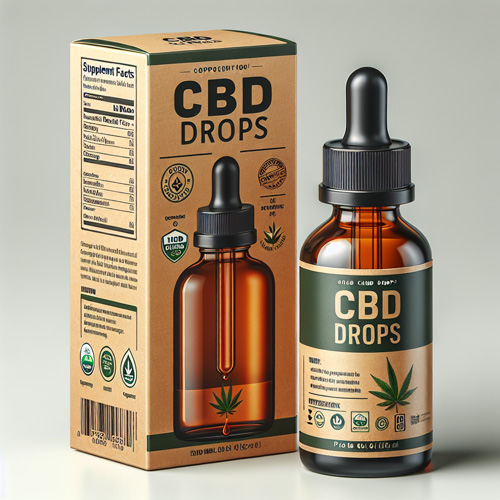


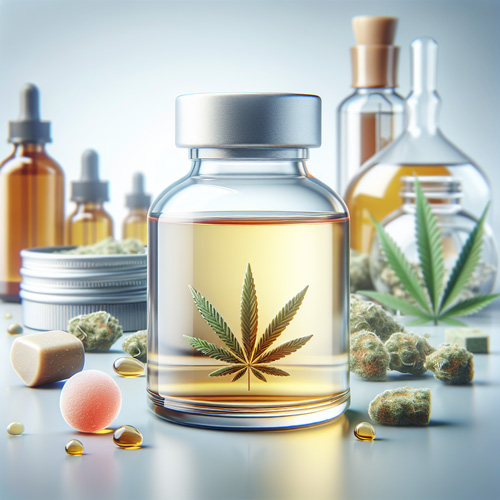

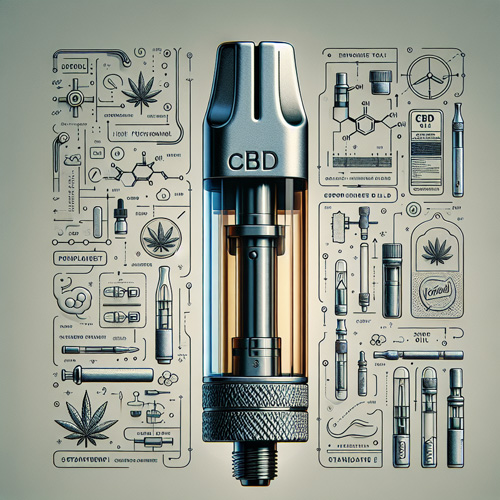
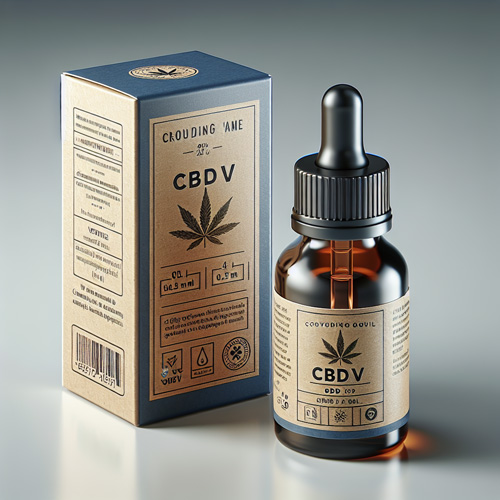
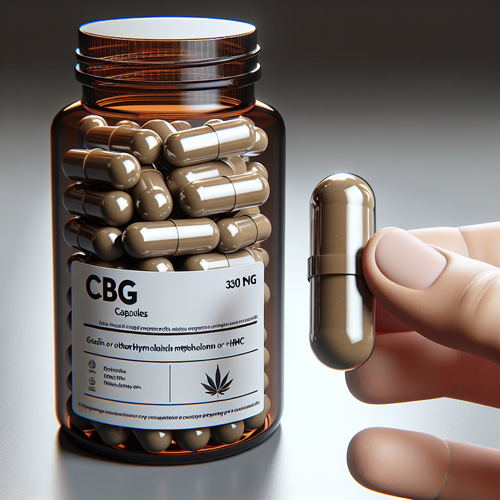

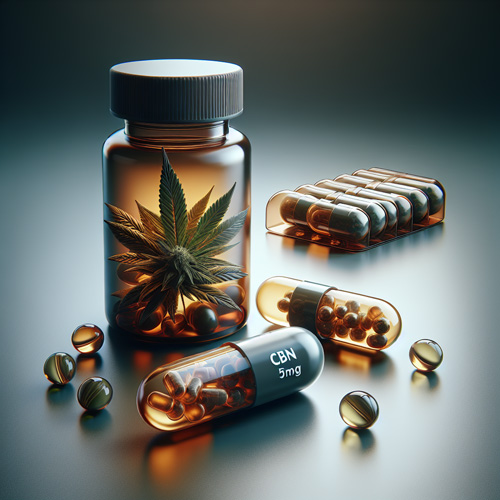

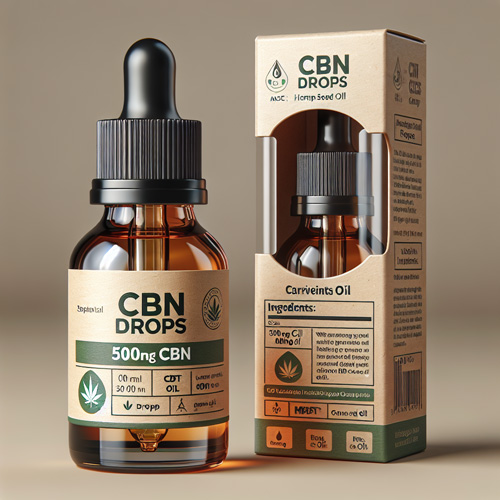


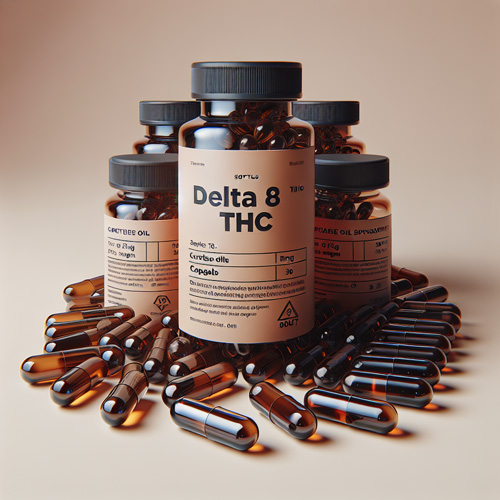
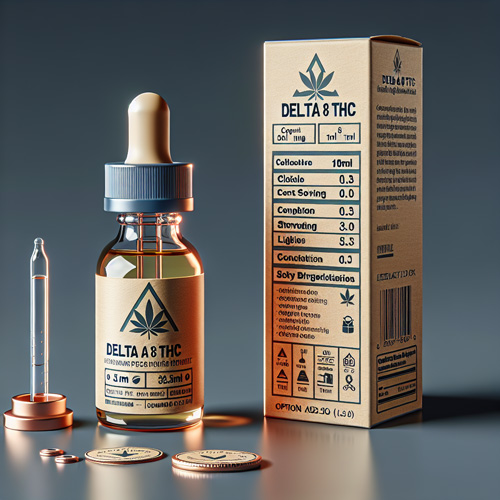



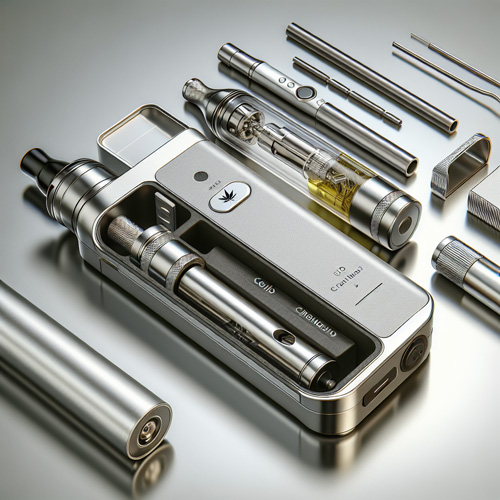
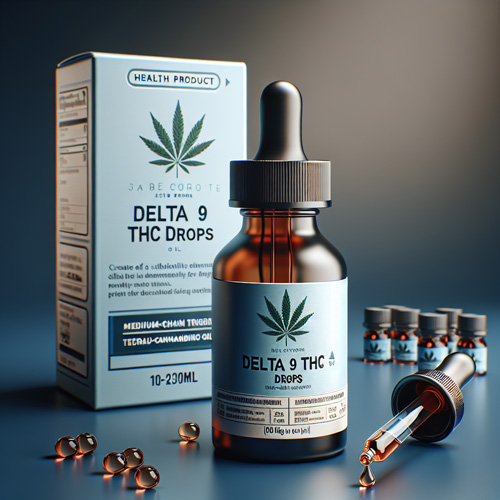



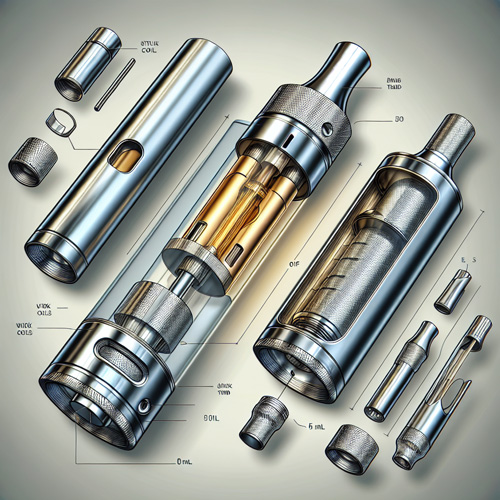




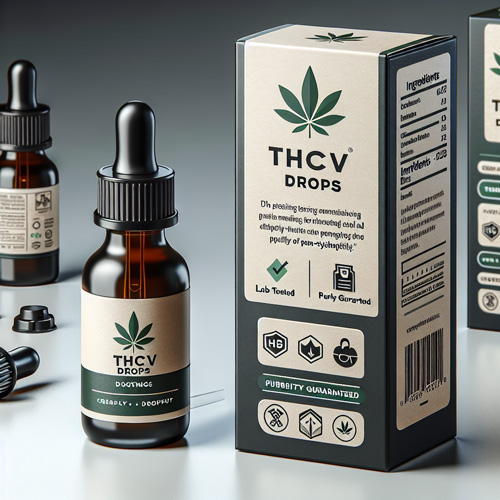




/5Total reviews
Persons recommended this product
Filter by
star Rating
attach_file Attachments
Anonymous
Shopper
check_circle Verified
Shop owner replied
Was this helpful
Facebook
X (Twitter)
LinkedIn
Reddit
Copied to Clipboard
Anonymous
Shopper
check_circle Verified
Shop owner replied
Was this helpful
Facebook
X (Twitter)
LinkedIn
Reddit
Copy Link
Thanks for your review!
Your feedback helps us improve our service.
There are no reviews yet.
Be the first to review “ ”
Only logged in customers who have purchased this product may leave a review